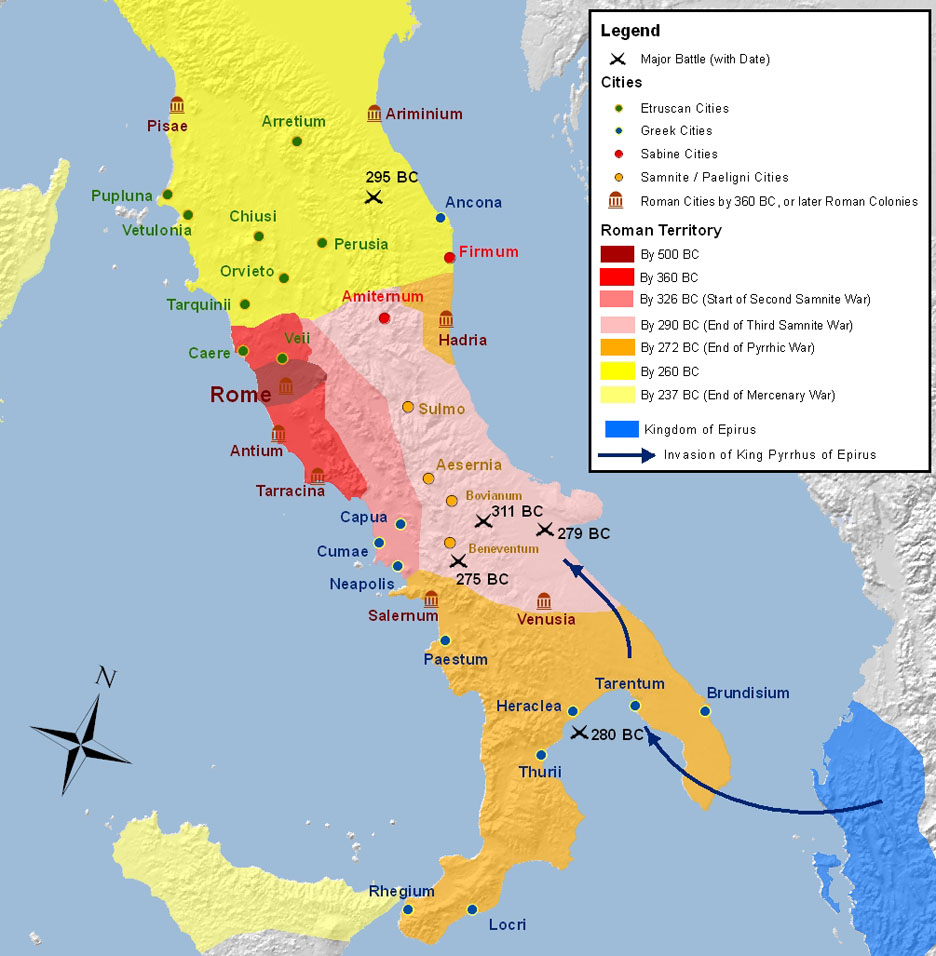Angela
Elite member
- Messages
- 21,823
- Reaction score
- 12,329
- Points
- 113
- Ethnic group
- Italian
Calling the Reich Lab...Hello?
Nice, fresh, uncontaminated, or minimally uncontaminated, ancient dna from 4th century BC Sannite territory.
This is the Discovery News piece about it:
http://www.archaeology.org/news/3700-150921-pompeii-samnite-tomb
The tomb was intact, and in addition to amphorae of cosmetics, wine and food contains the skeleton of a woman. I know, I know, a man might have been better. They are looking for other tombs in the area, although I don't know how successful they'll be; the bombed the area to smithereens during the war.
The local Italian press is full of it. This article has lots of pictures
http://napoli.repubblica.it/cronaca...23372033/?refresh_ce#gallery-slider=123371584
These pictures have already made it to google :



Nice, fresh, uncontaminated, or minimally uncontaminated, ancient dna from 4th century BC Sannite territory.
This is the Discovery News piece about it:
http://www.archaeology.org/news/3700-150921-pompeii-samnite-tomb
The tomb was intact, and in addition to amphorae of cosmetics, wine and food contains the skeleton of a woman. I know, I know, a man might have been better. They are looking for other tombs in the area, although I don't know how successful they'll be; the bombed the area to smithereens during the war.
The local Italian press is full of it. This article has lots of pictures
http://napoli.repubblica.it/cronaca...23372033/?refresh_ce#gallery-slider=123371584
These pictures have already made it to google :





